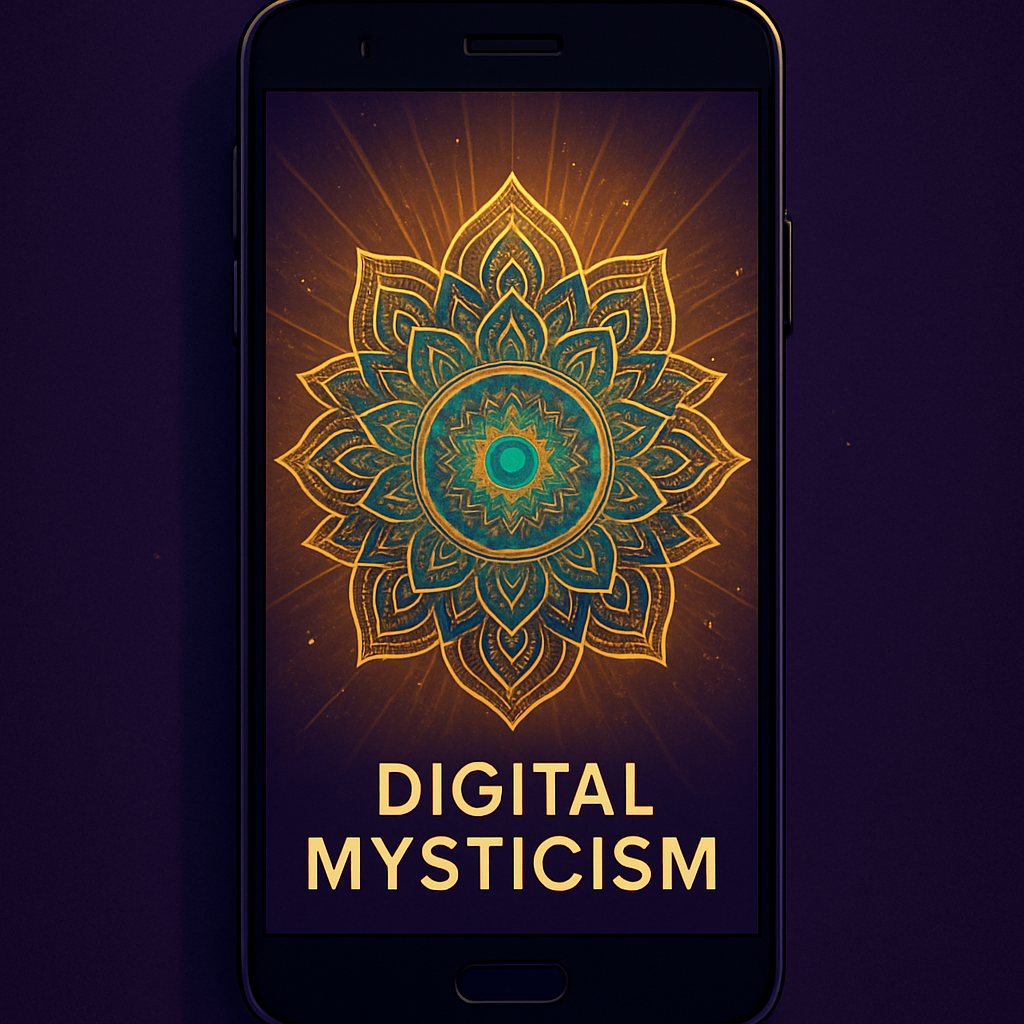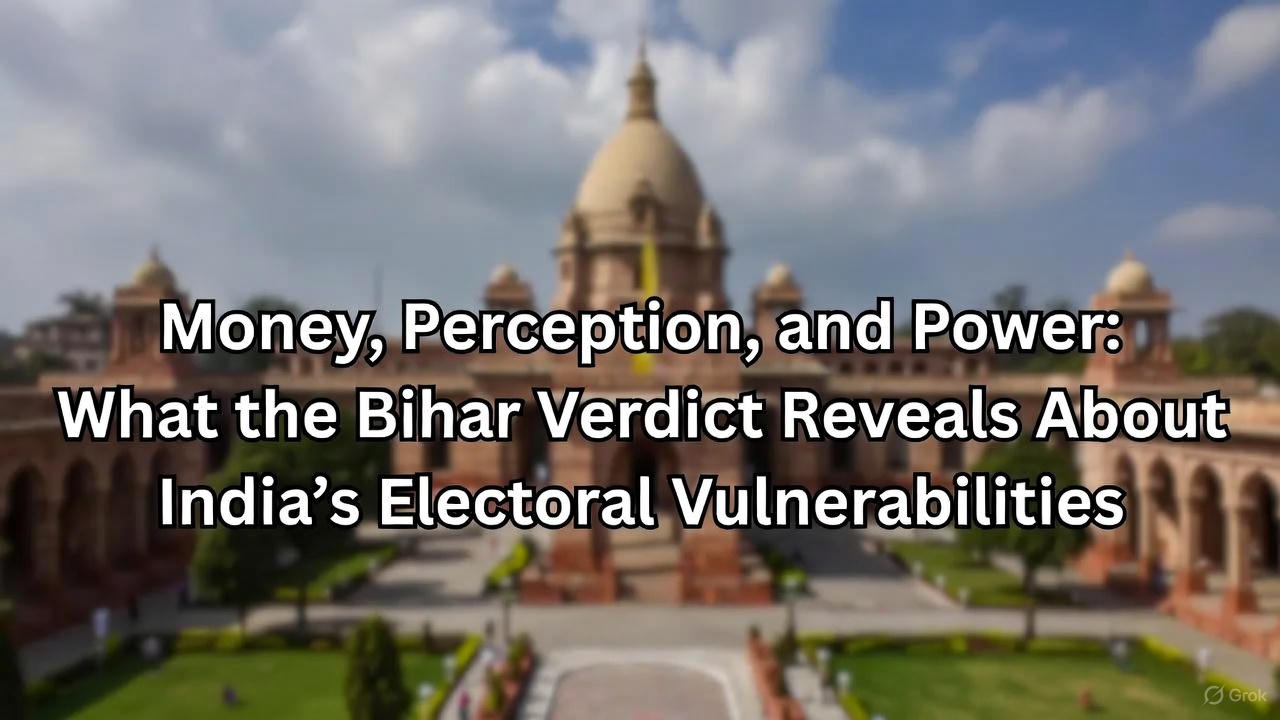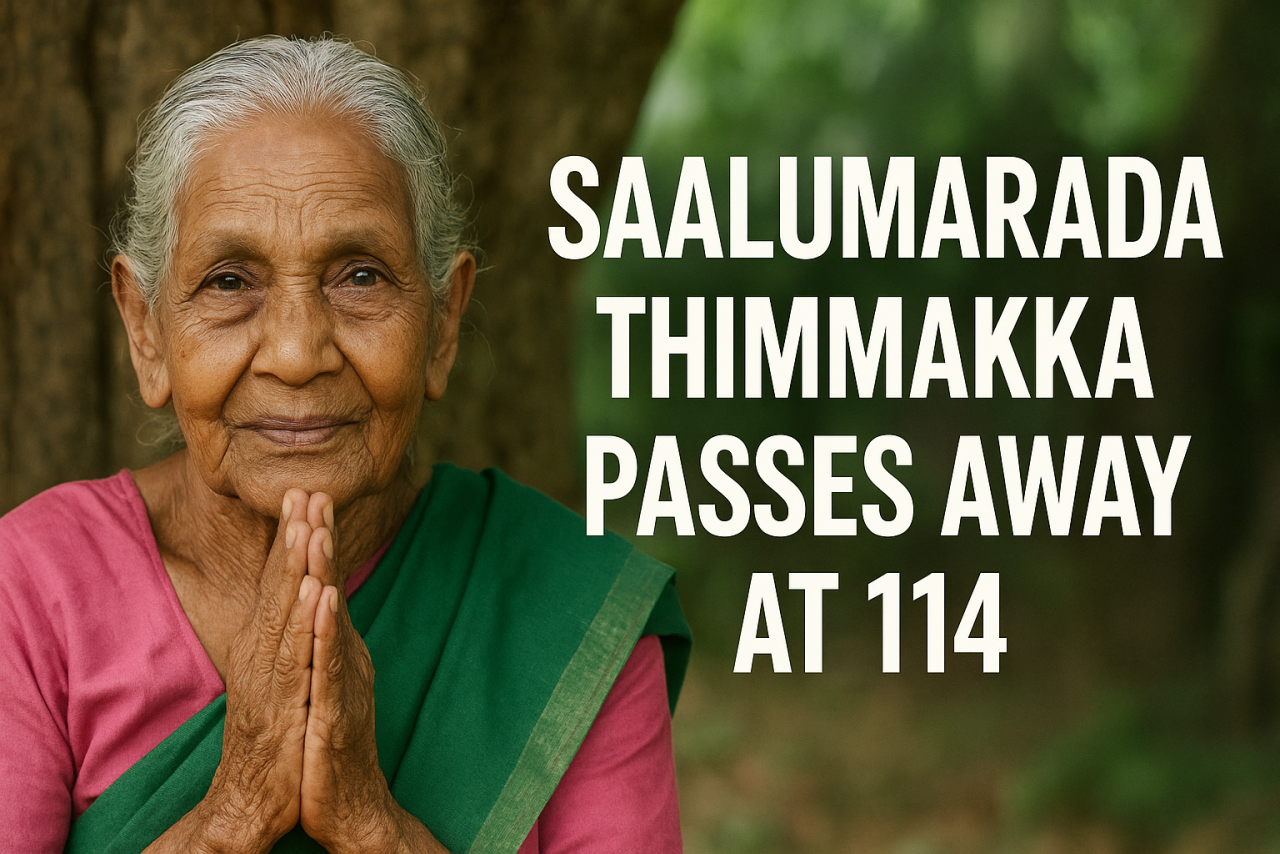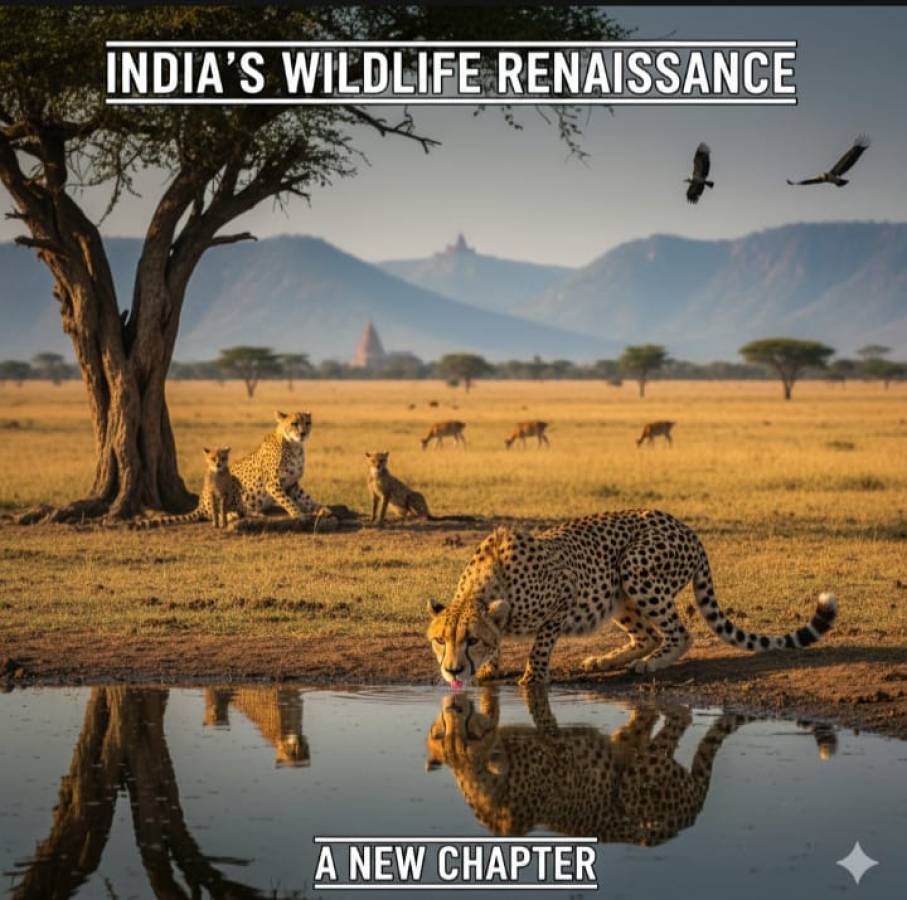
Mysticism is as old as human thought. For centuries, it meant seeking hidden truths, often through meditation, prayer, or sacred rituals. In the past, these practices happened in temples, monasteries, or quiet natural spaces. Today, they are also happening on smartphones and laptops. This new blend is called digital mysticism.
Digital mysticism is the use of technology to explore or experience mystical ideas. It can involve mobile apps, virtual reality, online communities, or AI-guided meditations. For many, it is a doorway to ancient wisdom through modern screens.
A Meeting of Old and New
In every culture, mystics have used whatever tools they had. In medieval Europe, monks wrote illuminated manuscripts to share spiritual visions. In ancient India, sages composed Vedic chants to preserve cosmic knowledge. Now, the tool is digital.
People are streaming live rituals from remote shrines. Others use apps that play healing frequencies or guide them through chakra meditation. Even tarot readings are now offered through video calls and interactive websites.
Why People Are Drawn to It
The first reason is access. Someone in a small town in Canada can join a Zen meditation session in Japan. A student in Nairobi can attend a Sufi poetry reading streamed from Istanbul. Distance no longer limits spiritual curiosity.
The second reason is personalisation. Digital tools can adapt to the user’s mood, schedule, and interests. An app can remind you to meditate at sunrise. A virtual reality headset can take you into a simulation of a sacred temple.
The third reason is community. Social media has created global spiritual circles. People share visions, dreams, or experiences with strangers who share their path. These connections often cross borders, languages, and traditions.
The Risks Alongside the Rewards
Digital mysticism is not without its challenges. One risk is superficiality. A five-minute guided video may inspire, but it cannot replace deep practice. Mysticism is often a slow and lifelong journey. The quick nature of digital content may encourage skipping the hard work.
Another concern is authenticity. The internet is full of self-proclaimed gurus. Some may be sincere, while others may only seek money or fame. Without cultural or historical grounding, practices can lose their depth and meaning.
There is also the risk of over-reliance on devices. True mystical experience often involves silence and inward focus. Constant notifications and screen time can pull the mind in the opposite direction.
When Technology Helps the Spirit
Used with care, digital tools can support rather than replace tradition. Virtual pilgrimages can help those unable to travel due to illness or cost. AI translations of sacred texts can make wisdom available to people in many languages.
Online archives preserve rare chants, manuscripts, and rituals for future generations. Digital spaces can also give a voice to traditions that are small or endangered. In this way, technology can protect heritage while sharing it widely.
Blending Digital and Physical Practice
Many modern seekers find a balance. They might use a meditation app in the morning and visit a local temple in the evening. They might join an online mysticism group but still keep a personal diary to record visions.
Some traditions have embraced this blend. Buddhist monasteries live-stream teachings. Indigenous healers share knowledge through encrypted chat groups to protect sacred privacy. Christian and Islamic communities use digital calendars to organise prayers and fasting reminders.
A Global Conversation
Digital mysticism has created a shared language of spiritual exploration. Symbols like mandalas, mantras, and tarot images are recognised across cultures. People are learning from each other in real time, without waiting for books or formal classes.
This global exchange has its challenges, but it also offers hope. By seeing how others approach the mystery of life, we can grow in respect and empathy.
The Journey Remains Human
No matter how advanced technology becomes, the essence of mysticism remains the same. It is the desire to understand the self and the universe. It is the courage to face the unknown with an open heart.
Digital tools may change the setting, but the inner journey is still human. Whether through a temple bell or a phone notification, the call to seek truth is timeless.





















